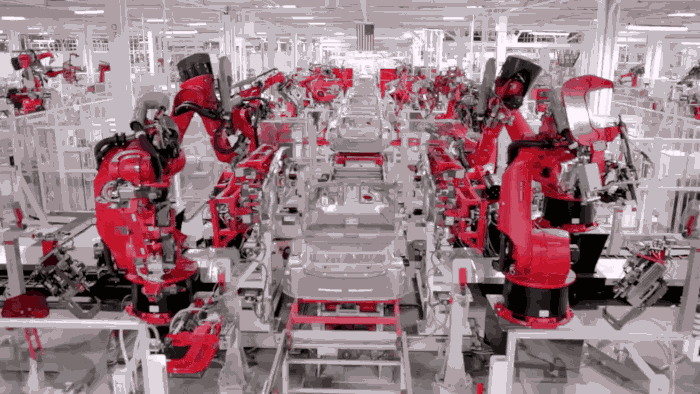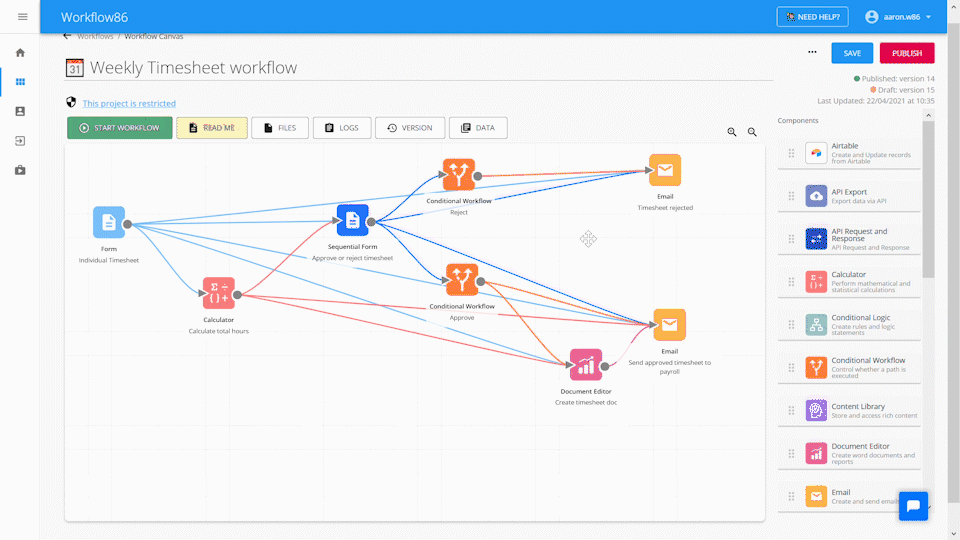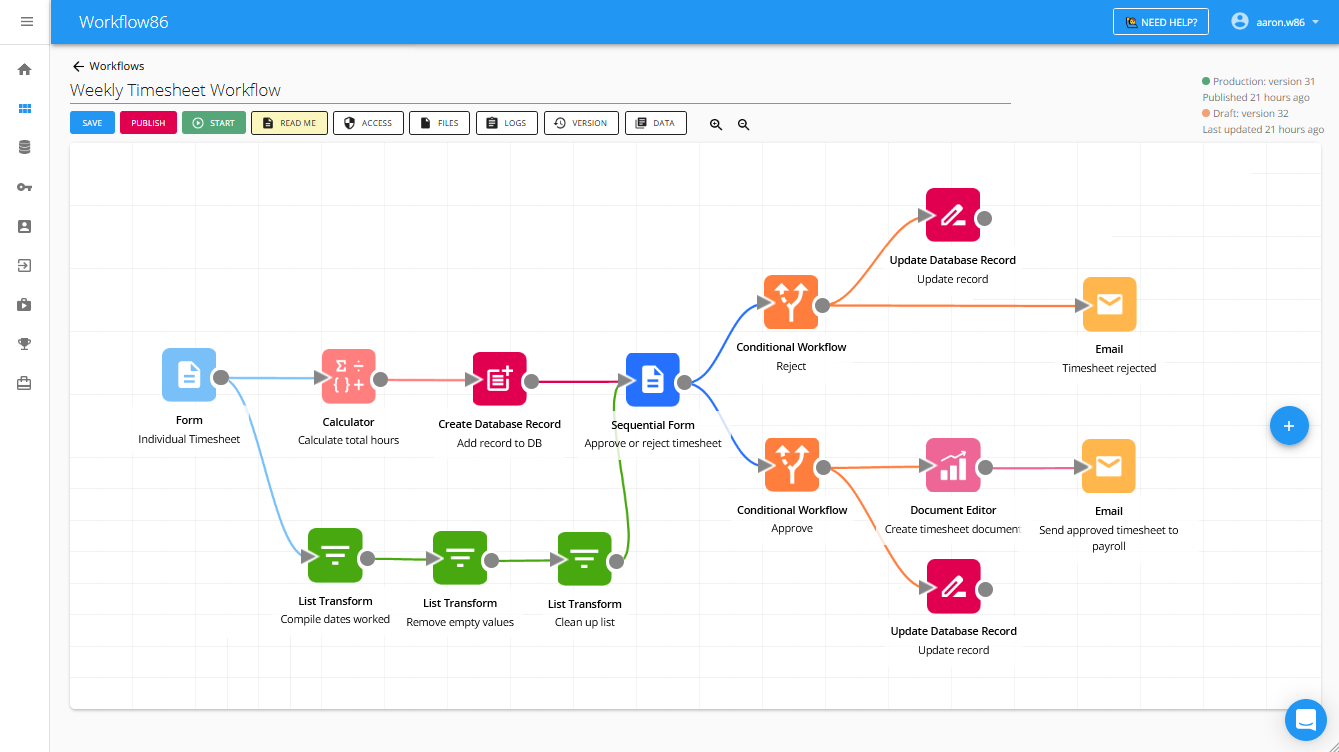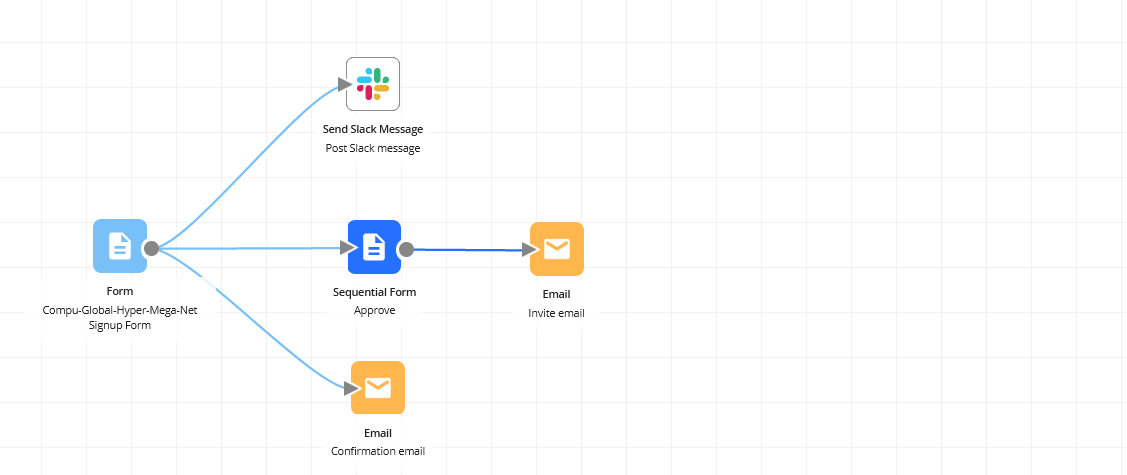4 reasons why workflow automation won’t take your job
A lot has been written about how automation will increasingly threaten the work done by professionals and other knowledge workers, in the same way that it has replaced manufacturing workers on the assembly line. So is spread of automation software a threat to your job?

We are strong believers in the potential for automation to increasingly perform more and more complex tasks, but the reality is that many workflows will always require a blend of automated tasks performed by software, and decisions and controls which can only be done by a human. This blend of automated and manual tasks requiring human interaction or intervention is often referred to as Human in the Loop (HITL). HITL means that a human can change or control the outcome of a workflow or part of that workflow. Here are our four reasons why HITL is required in a workflow.
📃 Compliance requirements
A human needs to be involved because it is required under internal policies and procedures, or under regulatory and legal requirements. In this case, sometimes the action or task could in theory be automated, but compliance requires that is performed manually. Often this is so responsibility for that action can be attached to someone or because only a certain person has authority to actually do something e.g. approve spending decisions.
🤔 Uncertainty in decision making
A human needs to perform a task because it involves decisions or actions with a high degree of uncertainty or requires consideration of information that is not available or assessable by software. While the ability for software to assess and then act on situations where there are no pre-programmed responses or answers has evolved with the application of machine learning and AI, this only works for some use cases and where there is enough data to train the software to handle uncertainty in the right way. Many workflows and processes will also involve subjective or qualitative assessments, or decisions which require consideration of intangible factors that only a human can perform. This is particularly true when those factors relate to or involve other people e.g. how will another person perceive or feel about this decision. For example, a workflow may have a step where it provides a range of risk factors which then needs to be assessed and weighing those factors and ultimately assessing the level of risk and whether it is acceptable might only be possible via human judgment.
🌊 Controlling the flow/pace of the workflow
A human needs to perform a task because if the process were fully automated, it could run out of control i.e. the workflow could “overflow”. Where workflows interact with systems or tasks which have a finite capacity, a HITL step can act as a gate to control the flow of data or tasks in a workflow, ensuring that those systems (or people) do not get overwhelmed with hundreds or thousands of tasks coming in at once. Overflow controls can be automated (for example, by setting rules like “only allow 60 requests per minute”). However, human judgment might be required as part of the assessment of how much to let through the workflow and when. Read more about how we use HITL for overflow control in our early sign up workflow below.
💪 Only a human can actually do it
A human needs to perform a task because only a human can actually do it. There are workflows where you quite literally need someone to get up and do something because that task cannot be automated or connected to the workflow. For example, if a workflow interacts with paper-based systems, there may be a step in the workflow where someone needs to actually print and then physically file something somewhere. Many organizations still rely on systems and processes which can’t be completed by the press of a button. In these cases, automation software tends to play an orchestration role rather than an automation role, working to ensure that the right person is notified of what they need to do, and providing them with the information to do that task.
So long as one of these reasons or factors are present in the job or workflows you do, you can rest assured that workflow automation will not be replacing you any time soon. Instead, the more likely case is that software will help you do you job faster and more effectively, leveraging its strengths to ensure you have the right information, the right tasks, at the right time, to make the right decision.
“…the reality is that many workflows will always require a blend of automated tasks performed by software, and decisions and controls which can only be done by a human…”
How Workflow86 keeps humans in the loop 🔄
Workflow86 handles human-in-the-loop functionality with its sequential form component. When a workflow reaches a sequential form component, it generates a unique “ticket” that is then emailed to someone to complete and submit. This ticket can be as simple as a link with a button to click, or it can be an entire form which the user needs to fill out and complete before submitted. Once it has been submitted, the workflow will then continue on.

Human-in-the-loop workflows in Workflow86 📚
Early access sign up workflow
In our sign-up workflow, we use the sequential form to insert a HITL step before the final invite email containing the secret key required to create an early access account is emailed. In this case, a HITL step is used to provide greater control on the flow of early access users on-boarding into the platform at any one time.

Weekly timesheet workflow
Another example is this weekly timesheet workflow. Here, a sequential form component is used to keep the manager in the loop when an employee submits a timesheet. When a timesheet is submitted, they get an email asking them to review it, and either approve or reject it. In this case, a HITL step is used because there are a range of factors a manager may consider when deciding whether to approve or reject a timesheet, all of which cannot be automated or codified into rules.

Data breach response workflow
One more example is this data breach response workflow. Throughout the process, there are a range of assessments that are made by various roles in the organisation as the incident gets assessed and escalated further up. The workflow here acts as an orchestrator, ensuring that the right person does the right task, at the right time, and with all the information required to make the right decision.

Sign up for free now 👇
To try out these features and more, create a free Workflow86 account now